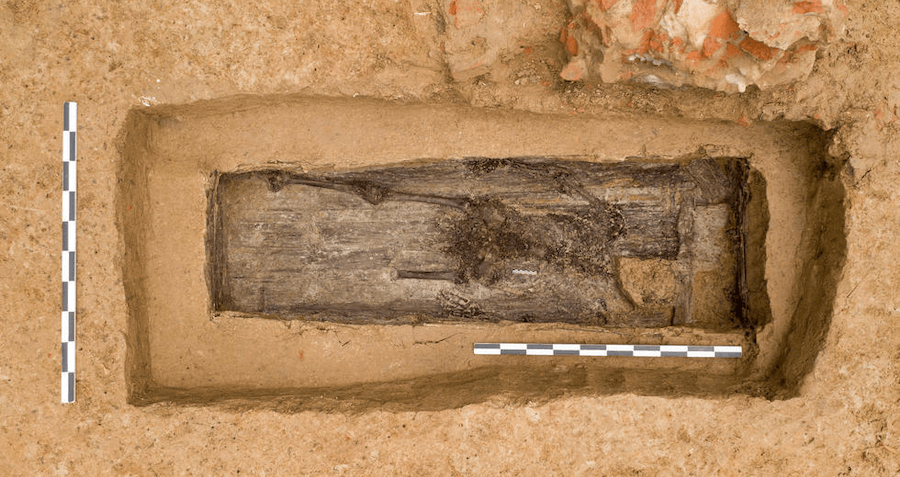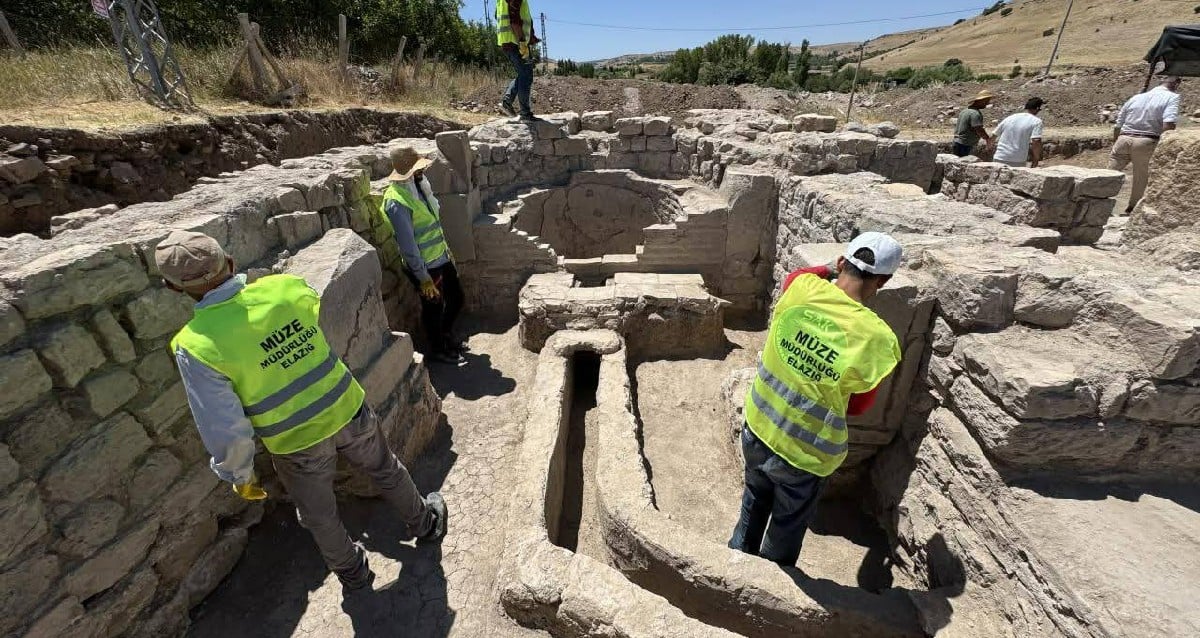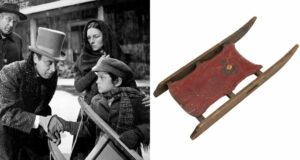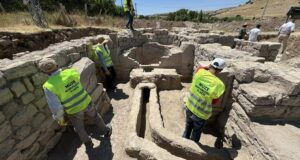Secrets Beneath the Dance Floor: The Shocking Discovery of Napoleon’s Beloved General’s Remains After Two Centuries
Records from 1812 note that the man had his leg amputated below the knee after sustaining grievous harm during the Russian invasion. Upon his death, Napoleon ordered Gudin’s name be inscribed on the Arc de Triomphe while his bust was put in the Palace of Versailles, and a Parisian street was named after him.
Meanwhile, his heart was removed and placed in a chapel in Paris’ Père Lachaise Cemetery as a token of honor.
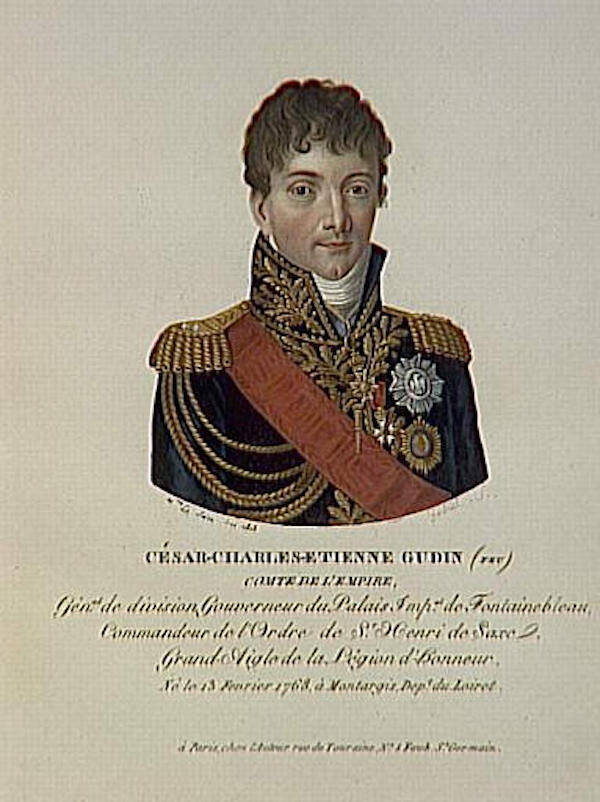
Wikimedia Commons A depiction of Charles-Étienne Gudin.
“It’s a historic moment not only for me but for our two countries,” said French historian and archaeologists Pierre Malinovsky, who helped find Gudin’s remains. “Napoleon was one of the last people to see him alive, which is very important, and he’s the first general from the Napoleonic period that we have found.”
Bonaparte and Gudin were childhood friends and attended the Military School in Brienne together. Gudin’s death had a profound impact on his old friend. Napoleon reportedly cried when he heard the news and immediately ordered that the man receive high honors.
In July, the research team eagerly planned on testing the skeleton for DNA to officially lay all doubt about its identification to rest, Reuters reported.
“It’s possible that we’ll have to identify the remains with the aid of a DNA test which could take from several months to a year,” the Russian military-historical society explained. “The general’s descendants are following the news.”

Getty ImagesA close-up of the one-legged skeleton, now confirmed to belong to General Charles-Étienne Gudin.
According to CNN, Malinovsky has since eradicated any uncertainty. In November 2019, he revealed that he transported part of the skeleton’s femur and several teeth from Moscow to Marseille shortly after the excavation to conduct a detailed analysis.
